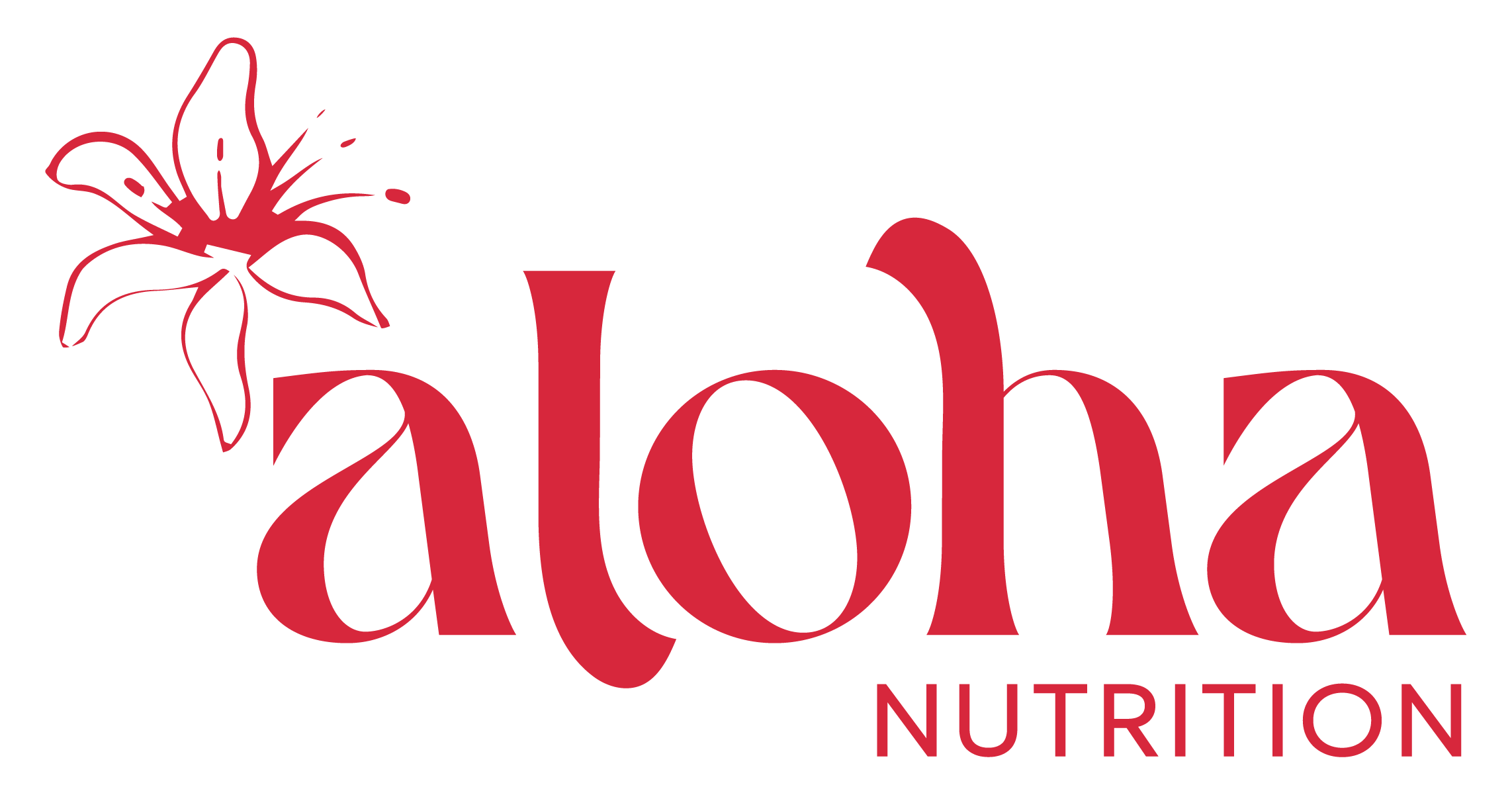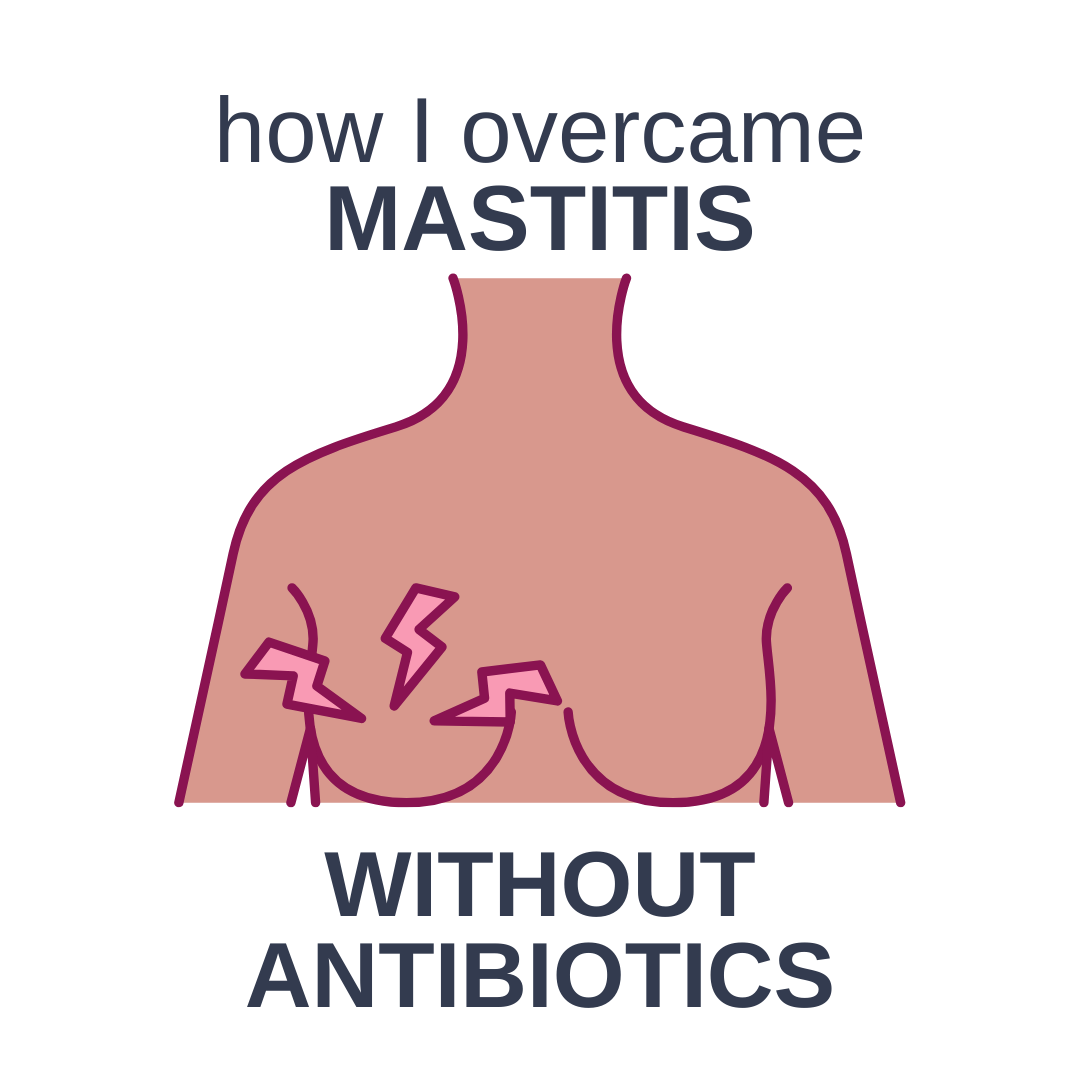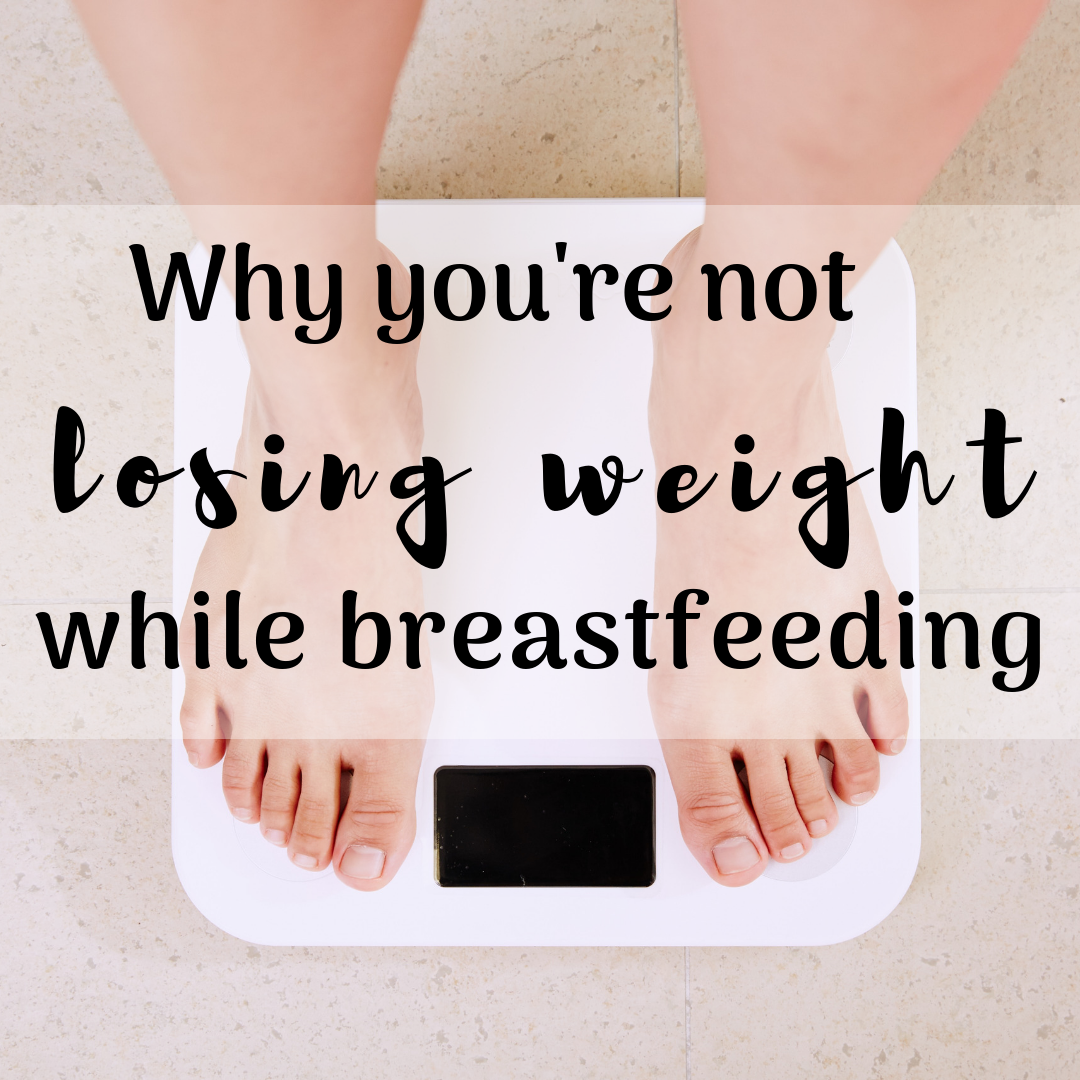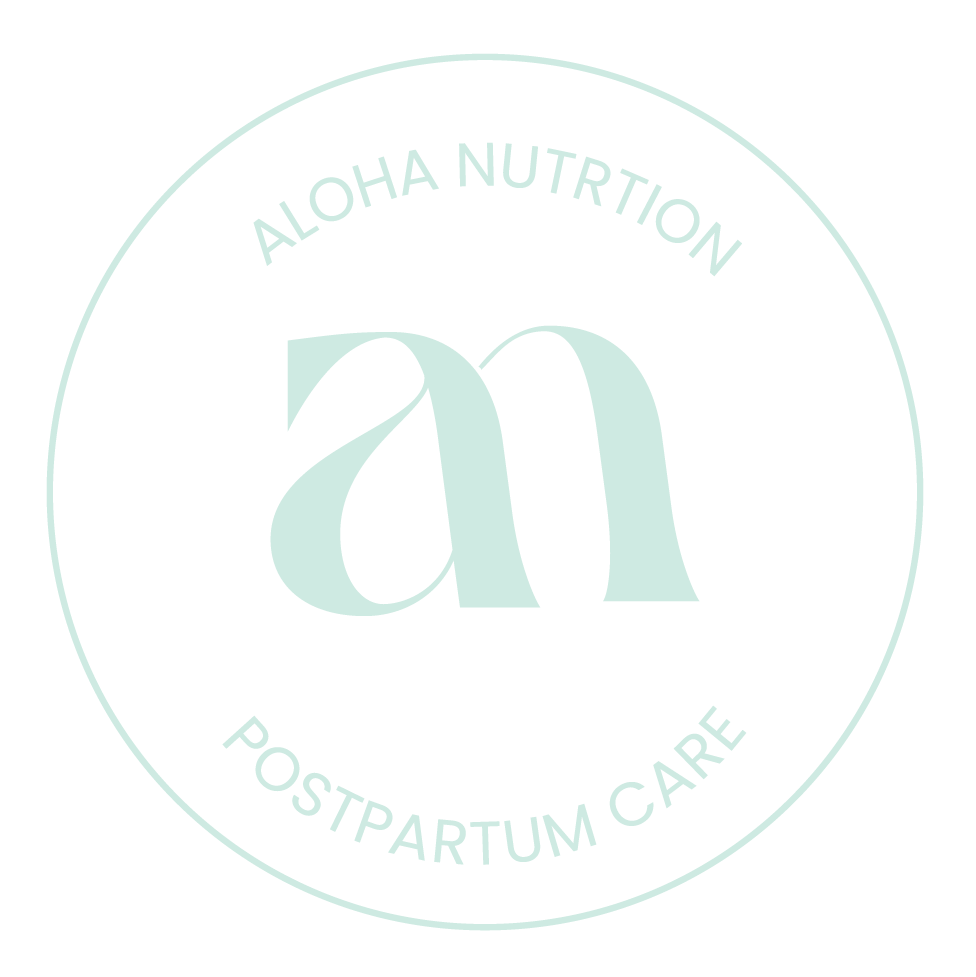[fusion_builder_container hundred_percent=”no” hundred_percent_height=”no” hundred_percent_height_scroll=”no” hundred_percent_height_center_content=”yes” equal_height_columns=”no” menu_anchor=”” hide_on_mobile=”small-visibility,medium-visibility,large-visibility” class=”” id=”” background_color=”” background_image=”” background_position=”center center” background_repeat=”no-repeat” fade=”no” background_parallax=”none” enable_mobile=”no” parallax_speed=”0.3″ video_mp4=”” video_webm=”” video_ogv=”” video_url=”” video_aspect_ratio=”16:9″ video_loop=”yes” video_mute=”yes” video_preview_image=”” border_size=”” border_color=”” border_style=”solid” margin_top=”” margin_bottom=”” padding_top=”” padding_right=”” padding_bottom=”” padding_left=””][fusion_builder_row][fusion_builder_column type=”1_6″ layout=”1_6″ spacing=”” center_content=”no” link=”” target=”_self” min_height=”” hide_on_mobile=”small-visibility,medium-visibility,large-visibility” class=”” id=”” background_color=”” background_image=”” background_position=”left top” background_repeat=”no-repeat” hover_type=”none” border_size=”0″ border_color=”” border_style=”solid” border_position=”all” animation_type=”” animation_direction=”left” animation_speed=”0.3″ animation_offset=”” last=”no”][/fusion_builder_column][fusion_builder_column type=”2_3″ layout=”2_3″ spacing=”” center_content=”no” link=”” target=”_self” min_height=”” hide_on_mobile=”small-visibility,medium-visibility,large-visibility” class=”” id=”” background_color=”” background_image=”” background_position=”left top” background_repeat=”no-repeat” hover_type=”none” border_size=”0″ border_color=”” border_style=”solid” border_position=”all” padding_top=”” padding_right=”” padding_bottom=”” padding_left=”” margin_top=”” margin_bottom=”” animation_type=”” animation_direction=”left” animation_speed=”0.3″ animation_offset=”” last=”no”][fusion_text]
Hopefully you read the first part to this two part series, which was an overview of my breastfeeding journey. This post covers our breastfeeding issues and obstacles we encountered and how we overcame them and how you can too. We encountered engorgement, posterior tongue tie, cracked nipples (which I actually prevented), and vasospasm
[/fusion_text][fusion_title margin_top=”” margin_bottom=”” hide_on_mobile=”small-visibility,medium-visibility,large-visibility” class=”” id=”” size=”1″ content_align=”left” style_type=”default” sep_color=””]
Engorgement
[/fusion_title][fusion_text]
I did cover engorgement in my previous post, but thought I’d mention it again as it’s part of our struggle we overcame.
Whether you plan to breastfeed or not, your copious amount of milk will come in typically around 3-4 days postpartum, but some women it might take longer; it’s called delayed lactogenesis.
My milk “came in” the evening of day 3 postpartum, and early morning of day 4. I remember waking up in the middle of the night thinking “oh no! The engorgement is here…my milk has come in…it’s going to take baby girl some time to get this…be patient…”
Baby girl ended up having a hard time latching. The reason is because when you’re engorged, it makes your breast tighter and the skin less “elastic,” so it’s harder for the baby to grab on to the breast and get a latch. Also, when you’re engorged, your milk just starts flowing out and it makes the nipple slippery and once again, hard to latch on to.
[/fusion_text][fusion_imageframe image_id=”3222″ style_type=”none” stylecolor=”” hover_type=”none” bordersize=”” bordercolor=”” borderradius=”” align=”none” lightbox=”no” gallery_id=”” lightbox_image=”” alt=”” link=”” linktarget=”_self” hide_on_mobile=”small-visibility,medium-visibility,large-visibility” class=”” id=”” animation_type=”” animation_direction=”left” animation_speed=”0.3″ animation_offset=””]https://www.aloha-nutrition.com/staging/1234/wp-content/uploads/2019/03/20190314-IMG_3675-e1554264925221.jpg[/fusion_imageframe][fusion_title margin_top=”” margin_bottom=”” hide_on_mobile=”small-visibility,medium-visibility,large-visibility” class=”” id=”” size=”1″ content_align=”left” style_type=”default” sep_color=””]
.
[/fusion_title][fusion_title margin_top=”” margin_bottom=”” hide_on_mobile=”small-visibility,medium-visibility,large-visibility” class=”” id=”” size=”1″ content_align=”left” style_type=”default” sep_color=””]
Tips for latching when engorged
[/fusion_title][fusion_text]
1.Be patient and remain calm
Baby will be frustrated she can’t latch, and you’ll be frustrated she’s not latching, so be patient and calm. This will be especially hard for you to remain patient and calm in the middle of the night when you’re tired, but this is typically when you’re most engorged. If you can mentally prepare yourself, you’ll have a better time navigating it
2. Hand express to relieve that engorgement and tightness
Get a burp cloth and hand express into it, or get a manual pump and just do a couple strokes to relieve that pressure. I used a burp cloth and did this, but honestly my baby was just too hungry and fussy for me to spend the next 5 minutes hand expressing, so we just worked on her latching when I was engorged, and she caught on.
3. Keep a burp cloth near by
When you’re engorged, there is so much milk, that it will be spilling out (at least in my case), that it will make your nipple and breast very slippery and hard for your baby to latch on to. Keep a burp cloth near by and dry your baby’s mouth and dry your breast, and try to latch again.
4. Find a position that works
Just as you’ve mastered that initial latch with a certain position, you might have to find a new position now that you’re engorged. We went against typical recommendations and even my own recommendations that I give moms, which is the laid back position, since gravity isn’t encouraging the fast flow. However, she kept unlatching and getting frustrated, so I was trying every possible position. The position that ended up working was to lay her down on the bed, and lean over her and basically shove my breast in her face (it sounds horrible, but it seemed to work). Her eyes would get super big and you’d just hear chug chug chug! Poor girl, but you gotta do what you gotta do. It wasn’t very comfortable for me, but any way to get her to drink and to soften my breasts to not feel so engorged, was a win for me.
[/fusion_text][fusion_imageframe image_id=”3242″ style_type=”none” stylecolor=”” hover_type=”none” bordersize=”” bordercolor=”” borderradius=”” align=”none” lightbox=”no” gallery_id=”” lightbox_image=”” alt=”” link=”” linktarget=”_self” hide_on_mobile=”small-visibility,medium-visibility,large-visibility” class=”” id=”” animation_type=”” animation_direction=”left” animation_speed=”0.3″ animation_offset=””]https://www.aloha-nutrition.com/staging/1234/wp-content/uploads/2019/03/20190213-IMG_7388-e1554350481627.jpg[/fusion_imageframe][fusion_title margin_top=”” margin_bottom=”” hide_on_mobile=”small-visibility,medium-visibility,large-visibility” class=”” id=”” size=”1″ content_align=”left” style_type=”default” sep_color=””]
.
[/fusion_title][fusion_title margin_top=”” margin_bottom=”” hide_on_mobile=”small-visibility,medium-visibility,large-visibility” class=”” id=”” size=”1″ content_align=”left” style_type=”default” sep_color=””]
Posterior Tongue Tie
[/fusion_title][fusion_text]
A posterior tongue tie is hard to assess and you need someone who knows what they’re looking for. Many doctors, and even some lactation consultants, don’t know what to look for. Posterior, means in the back; anterior means in the front. An Anterior tongue tie, is towards the tip of the tongue and it’s easier to identify and easier to release. A posterior tongue tie, is in the back of the tongue and must be physically felt, because they are often misdiagnosed by just “looking.”
Now, just because you see a frenulum (the skin attaching the tongue to the floor of the mouth), does not necessarily mean it’s a “tie,” or a restriction, which is why one must assess FUNCTION. Assessing the tongue’s function will tell you if it’s restricted and if so, how badly it is. Some lactation consultants will say all restrictions (no matter how severe it is), needs to be released, whereas others, like myself, say its a case by case situation.
With my clients I always assess function. I tell moms what I think about the restriction, showing them exactly what I’m looking for, including the actual tie. I don’t like to tell moms whether they should or shouldn’t get the tongue tie release, as I think the decision should be between her and the partner. However, I will tell moms what the research says, what the care and exercises are like post release, and other practitioners they’ll most likely need to see. If the tie is affecting breastfeeding, such as baby isn’t transferring breastmilk, baby is losing weight, etc, then I will encourage moms get the tie released. But if the tie isn’t affecting breastfeeding, then it’s up to the parents to make the decision. I will support them in whatever decision they choose.
[/fusion_text][fusion_imageframe image_id=”3292″ style_type=”none” stylecolor=”” hover_type=”none” bordersize=”” bordercolor=”” borderradius=”” align=”center” lightbox=”no” gallery_id=”” lightbox_image=”” alt=”” link=”” linktarget=”_self” hide_on_mobile=”small-visibility,medium-visibility,large-visibility” class=”” id=”” animation_type=”” animation_direction=”left” animation_speed=”0.3″ animation_offset=””]https://www.aloha-nutrition.com/staging/1234/wp-content/uploads/2019/04/14_-e1555128689128.jpg[/fusion_imageframe][fusion_title margin_top=”” margin_bottom=”” hide_on_mobile=”small-visibility,medium-visibility,large-visibility” class=”” id=”” size=”1″ content_align=”left” style_type=”default” sep_color=””]
This photo was provided to me by a pediatric dentist I trained with on tongue ties. This photo is an anterior tongue tie where the tip of the tongue is connected to the floor of the mouth. A posterior tongue tie is in the back (harder to assess).
[/fusion_title][fusion_title margin_top=”” margin_bottom=”” hide_on_mobile=”small-visibility,medium-visibility,large-visibility” class=”” id=”” size=”1″ content_align=”left” style_type=”default” sep_color=””]
.
[/fusion_title][fusion_text]
Now I do need to say that lactation consultants are not allowed to diagnose or say that it is for sure a tongue tie (even if we know it is). Only a doctor can diagnose. This is why I like to point out my findings to mom so she can stand up for her and her baby, when her doctor dismisses it…
So for my baby…I did perform an oral assessment and noticed she had some good tongue mobility, however she was not able to cup my finger with her tongue. Baby Audrey continued to retract her tongue and would chomp on my finger with her gums. She also wasn’t able to fully elevate her tongue to the roof of her mouth. I felt and looked under the tongue and she has a deep submucosal tongue tie. I told the neonatologist, who had seen my baby in the NICU (you can read my birth story on why my baby was in the NICU), what my findings were and why I was having pain every time my baby latched, and he took a look and of course dismissed it. He said there was no tie and since I was having pain, I should see a lactation consultant to work on latch *huge eye roll*!
Three days postpartum we saw a lactation consultant on our military base, as she does all the postpartum check ups, and she agreed with me that there was a posterior tongue tie. She didn’t think that any of the ENTs or military physicians would release the tie. We both agreed that working with our local speech pathologist on suck training and our local infant chiropractor, would be a good stepping stone before deciding if the release is really necessary.
[/fusion_text][fusion_imageframe image_id=”3295″ style_type=”none” stylecolor=”” hover_type=”none” bordersize=”” bordercolor=”” borderradius=”” align=”center” lightbox=”no” gallery_id=”” lightbox_image=”” alt=”” link=”” linktarget=”_self” hide_on_mobile=”small-visibility,medium-visibility,large-visibility” class=”” id=”” animation_type=”” animation_direction=”left” animation_speed=”0.3″ animation_offset=””]https://www.aloha-nutrition.com/staging/1234/wp-content/uploads/2019/04/20190314-IMG_3784-e1555129472651.jpg[/fusion_imageframe][fusion_title margin_top=”” margin_bottom=”” hide_on_mobile=”small-visibility,medium-visibility,large-visibility” class=”” id=”” size=”1″ content_align=”left” style_type=”default” sep_color=””]
.
[/fusion_title][fusion_text columns=”” column_min_width=”” column_spacing=”” rule_style=”default” rule_size=”” rule_color=”” hide_on_mobile=”small-visibility,medium-visibility,large-visibility” class=”” id=”” animation_type=”” animation_direction=”left” animation_speed=”0.3″ animation_offset=””]
So at day 4 we saw the infant chiropractor who does craniosacral therapy (CST) and she noticed a lot of tension. Then 5 days postpartum we saw the speech pathologist who also noticed tension. They both had faith that between the two of them working on baby Audrey, she wouldn’t need the release done. I decided to give it one month of chiropractic and oral care before deciding if the release was 100% necessary. We saw both health professionals 2x/week for the first 2 weeks, then once a week after that, in addition to me doing exercises at home. After the first two weeks, I noticed huge improvements and by one month, we all agreed that the release wouldn’t be necessary.
Yes, I know what the research says about adult tongue ties causing sleep apnea, possible GI issues, migraines, etc. I do go back and forth in my head about whether we should get it released or not. If we’re doing the right thing or not. Typically I say, if it’s not affecting breastfeeding – it’s not broken, don’t fix it. Her tongue has great mobility now. I hear her swallows and I’m watching her output and her weight gain with my scale. I guess if we run into problems down the road, I’ll have this in the back of my mind.
**EDIT TO ADD: Around 2.5 months (after I’d already written this blog post), she started to regress and started tugging at the breast and I realized that my milk supply had regulated and that she wasn’t able to elicit the letdown. Up until this point, she had been thriving on my great milk supply and my fast letdown, that at ~2months when my supply started to regulate, she wasn’t able to remove it! We decided to get her posterior tongue tie released after all by a pediatric dentist who agreed it was a pretty tight frenulum! After the release, we continued seeing the body worker and speech pathologist to retrain her how to use her oral muscles, and things SIGNIFICANTLY improved, and here we are going 2+ years!
[/fusion_text][fusion_title margin_top=”” margin_bottom=”” hide_on_mobile=”small-visibility,medium-visibility,large-visibility” class=”” id=”” size=”1″ content_align=”left” style_type=”default” sep_color=””]
Tips for posterior tongue tie
[/fusion_title][fusion_text]
1. Meet with an International Board Certified Lactation Consultant (IBCLC)
Even if there is another breastfeeding specialist in your community that says they know about ties, it is technically not in their scope of practice to assess, and they are technically not allowed to. Only IBCLC lactation consultants are allowed to assess oral function in the lactation realm of professionals. (Not sure the difference? Read this post to see the differences)
2. If you suspect your baby has a tongue tie, but your doctor is dismissing it, get a second opinion
Not all doctors know what to look for. Many doctors just look for the obvious anterior ties, but don’t even put their fingers far back under the tongue to see the posterior tie. If you suspect your baby has one, find a pediatrician, ENT, pediatric dentist, or IBCLC who can give you a second opinion.
3. Get bodywork done
This is a HUGE must! A Bodywork professional is someone who has a ‘hands on’ license such as a chiropractor who specializes in Webster technique and/or craniosacral therapy (CST), a speech pathologist, a myofascial release provider, a massage therapist, occupational therapist or others. As in my case, I didn’t even have to get the release done to help with breastfeeding. I encourage you see them BEFORE and AFTER if you do get the release done. Releases aren’t just a quick snip/laser, you’re having to reteach your baby how to suck and use their oral muscles, so seeing a specialist will help with recovery
4. It’s worth the cost
Although we say breastfeeding is free, sometimes there are expenses in order to make breastfeeding work, and they can be costly up front. However, you have to look at breastfeeding as a lifelong journey. The benefits that breastmilk provides both you and your baby are for LIFE. The amount of money you’re saving on formula is thousands! So even though it might seem like a lot up front, it’s actually not when you look at the grand scheme of things.
I always encourage my pregnant mommas to start saving up even $25/pay check and put that towards “Baby care” – whether its for a lactation consult, CST, a tie release etc.
5. Know what to expect post tongue/lip tie release
Many parents think that getting the release will take away all their breastfeeding problems, and sometimes it does!! but sometimes, it doesn’t. Don’t lose hope. Your baby will need to relearn how to use their tongue. You’ll have to do stretches and exercises with your baby to prevent reattachment. Breastfeeding might get harder, before it gets easier. I strongly encourage you work with an IBCLC post revision to help meet your breastfeeding goals.
6. Find support
Not just from health professionals, but breastfeeding support groups. There are many Facebook groups, La Leche League local breastfeeding support groups etc. Remember your tribe.
[/fusion_text][fusion_imageframe image_id=”3154″ style_type=”none” stylecolor=”” hover_type=”none” bordersize=”” bordercolor=”” borderradius=”” align=”center” lightbox=”no” gallery_id=”” lightbox_image=”” alt=”” link=”” linktarget=”_self” hide_on_mobile=”small-visibility,medium-visibility,large-visibility” class=”” id=”” animation_type=”” animation_direction=”left” animation_speed=”0.3″ animation_offset=””]https://www.aloha-nutrition.com/staging/1234/wp-content/uploads/2019/03/20190213-IMG_7258-e1555128943197.jpg[/fusion_imageframe][fusion_title margin_top=”” margin_bottom=”” hide_on_mobile=”small-visibility,medium-visibility,large-visibility” class=”” id=”” size=”1″ content_align=”left” style_type=”default” sep_color=””]
.
[/fusion_title][fusion_title margin_top=”” margin_bottom=”” hide_on_mobile=”small-visibility,medium-visibility,large-visibility” class=”” id=”” size=”1″ content_align=”left” style_type=”default” sep_color=””]
Cracked nipples
[/fusion_title][fusion_text]
This is something I prevented, but only because I knew how. Cracked nipples, is when the nipple skin starts to crack and can bleed! This typically happens when either baby has a shallow latch or baby has a tongue tie, but there can be other reasons as well, which I won’t go into. When babies have a shallow latch, baby is sucking on mom’s nipple and mom’s nipple is hitting baby’s hard palate as opposed to baby’s soft palate in the mouth. Having a deep latch, will help that nipple move far back to the soft palate.
Moms can get cracked nipples, when baby’s tongue is not elevating to cup the nipple, due to a tongue tie. Baby therefore keeps the nipple in their mouth by using their gum ridge and chomping. This is what was happening in my case. My baby wasn’t elevating her tongue and continued to retract her tongue, leaving my nipple to hit her hard palate every time she sucked *ouch.*
Nipple cream, my friends will be your best friend! The protocol below is what I tell all my clients to do, to help heal and prevent cracked nipples.
But the first step is finding out the WHY. What is causing the cracked nipples? It is NOT normal to have cracked nipples! Is it due to an improper latch, is it a tongue tie? What is the root reason? Why do you have cracked nipples?
[/fusion_text][fusion_title margin_top=”” margin_bottom=”” hide_on_mobile=”small-visibility,medium-visibility,large-visibility” class=”” id=”” size=”1″ content_align=”left” style_type=”default” sep_color=””]
Tips for cracked nipples
[/fusion_title][fusion_text]
1. Clean the nipples using a saline solution.
You can either buy a saline solution or make your own. To make your own, use 1 cup either distilled or boiled water and mix with one-quarter tsp of salt.
2. Take a shot glass and fill it with the saline solution
3. Dip your nipples in the shot glass and press the shot glass directly against your chest wall so that you can stand up straight and your nipples are completely submerged in the solution.
4. Stand there with your nipples submerged for about 30 secs – 1 minute
5. Remove the shot glass. No need to rinse your breasts off
6. Put a huge dallop of coconut oil or nipple cream on a nursing pad. Choose a moisturizer that is thick (olive oil won’t work). You want your nipple to be drenched in the moisturizer. Simply rubbing nipple cream isn’t enough. You want your nipple to be covered in it for several hours in between feedings, and you don’t want the nipple pads to absorb all the moisturizer. I suggest using disposable nursing pads since it can get messy
7. Do the saline solution about twice a day and the nipple ointment ongoing until your nipples heal.
*Before you feed your baby, just smooth any excess nipple cream around the area. It’s perfectly safe for your baby. If your nipples are just too damaged, and cracked already, then do this protocol and pump! Pump until your nipples are healed. This should take 1-2+ days depending on how severe the damage is.
[/fusion_text][fusion_imageframe image_id=”3293″ style_type=”none” stylecolor=”” hover_type=”none” bordersize=”” bordercolor=”” borderradius=”” align=”center” lightbox=”no” gallery_id=”” lightbox_image=”” alt=”” link=”” linktarget=”_self” hide_on_mobile=”small-visibility,medium-visibility,large-visibility” class=”” id=”” animation_type=”” animation_direction=”left” animation_speed=”0.3″ animation_offset=””]https://www.aloha-nutrition.com/staging/1234/wp-content/uploads/2019/04/20190314-IMG_3677-e1555129117180.jpg[/fusion_imageframe][fusion_title margin_top=”” margin_bottom=”” hide_on_mobile=”small-visibility,medium-visibility,large-visibility” class=”” id=”” size=”1″ content_align=”left” style_type=”default” sep_color=””]
.
[/fusion_title][fusion_title margin_top=”” margin_bottom=”” hide_on_mobile=”small-visibility,medium-visibility,large-visibility” class=”” id=”” size=”1″ content_align=”left” style_type=”default” sep_color=””]
Vasospasm
[/fusion_title][fusion_text]
Vasospasm, means that there is a restriction/constriction of blood circulation to a certain area, which reduces blood flow rate. Vasospasm in the nipples can cause the nipple to blanch and turn white. This restriction to the nipple can cause mothers to have sharp tingling/burning pain. The pain can go ongoing and may be sensitive to cold and any touch. Many women confuse thrush with vasospasm, as the symptoms can be somewhat similar.
When my baby was feeding at the breast, she wasn’t extending her tongue to cup the nipple and suck with her tongue. She was clamping down with her gum ridge, which restricted blood flow to the nipple, leaving my nipple lipstick shaped and left a white line, leaving it ‘blanched’. I was super sensitive to touch and cold. After a feeding, I had to quickly cover my nipples and massage my breasts to get the blood flowing to the nipple and keep my breasts warm.
It was painful to even take a shower and have the water touch my breasts. After I finished a shower, I had to dry off before opening the curtain so that the cold air wouldn’t affect my breasts. I’d have ongoing tingling and would have to keep massaging and warming up the breast and send blood to the nipple. I avoided coffee, since coffee is a vasocontrictor and continued to take my Magnesium supplement “Calm” that I was taking throughout my pregnancy, since magnesium helps to relax the blood vessels.
This lasted about 1-2 weeks but significantly improved thanks to the chiropractor and speech pathologist. If I didn’t know what I know about this, I might’ve just quit because it was too painful.
[/fusion_text][fusion_title margin_top=”” margin_bottom=”” hide_on_mobile=”small-visibility,medium-visibility,large-visibility” class=”” id=”” size=”1″ content_align=”left” style_type=”default” sep_color=””]
Tips for managing vasospasm
[/fusion_title][fusion_text]
Do these tips as you’re working on solving the underlying issue. Definitely seek help from an IBCLC lactation consultant to figure out the WHY
1. Do not let your nipples ‘air dry’
After feedings, don’t air dry because the cold air will cause more sensitivity to the nipple area.
2. Apply dry heat to the breast
Get warm packs or make your own bean bag and put it in a microwave and apply the warm heat to your breasts before and after feedings
3. Avoid cold exposure
Breast feed or pump in a warmer environment; wear extra clothing, avoid sudden temperature changes (e.g. warm shower to a cold room)
4. Massage your breasts and send blood flow back to the nipple area
You can even put olive oil and massage the nipple area.
5. Avoid vasocontricting foods/medications etc.
Avoid caffeine, nicotine/cigarettes, certain medications
[/fusion_text][fusion_title margin_top=”” margin_bottom=”” hide_on_mobile=”small-visibility,medium-visibility,large-visibility” class=”” id=”” size=”1″ content_align=”left” style_type=”default” sep_color=””]
In conclusion
[/fusion_title][fusion_text]
So yeah, breastfeeding was definitely not fun and it was very painful. Thankfully I was able to overcome everything and we are both loving breastfeeding. If you’re experiencing any pain and issues in your breastfeeding journey, definitely get help from an IBCLC lactation consultant (if you’re not sure what the differences in LC credentials are, learn more here).
Breastfeeding is hard, but it’s so worth it. Definitely check out my first blog post on my breastfeeding journey for some words of encouragement and my take away on breastfeeding.
I definitely enjoy breastfeeding. I enjoy the bond it gives us, the convenience, the health benefits for both me and baby, it’s free, and just so many other things. Try to hang in there those early weeks/months and seek help!! You’ve got it mamma!
[/fusion_text][fusion_imageframe image_id=”3294″ style_type=”none” stylecolor=”” hover_type=”none” bordersize=”” bordercolor=”” borderradius=”” align=”center” lightbox=”no” gallery_id=”” lightbox_image=”” alt=”” link=”” linktarget=”_self” hide_on_mobile=”small-visibility,medium-visibility,large-visibility” class=”” id=”” animation_type=”” animation_direction=”left” animation_speed=”0.3″ animation_offset=””]https://www.aloha-nutrition.com/staging/1234/wp-content/uploads/2019/04/20190314-IMG_3781-e1555129176164.jpg[/fusion_imageframe][/fusion_builder_column][fusion_builder_column type=”1_6″ layout=”1_6″ spacing=”” center_content=”no” link=”” target=”_self” min_height=”” hide_on_mobile=”small-visibility,medium-visibility,large-visibility” class=”” id=”” background_color=”” background_image=”” background_position=”left top” background_repeat=”no-repeat” hover_type=”none” border_size=”0″ border_color=”” border_style=”solid” border_position=”all” padding_top=”” padding_right=”” padding_bottom=”” padding_left=”” margin_top=”” margin_bottom=”” animation_type=”” animation_direction=”left” animation_speed=”0.3″ animation_offset=”” last=”no”][/fusion_builder_column][/fusion_builder_row][/fusion_builder_container]





